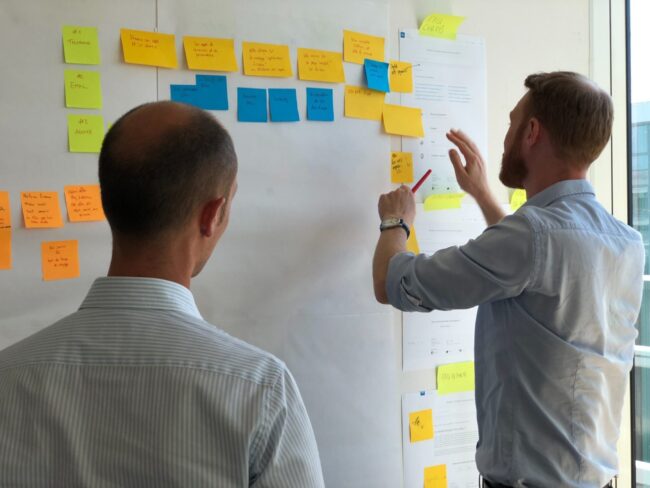Episode 53 – VMworld 2017 US Announcements Recap with Rene van den Bedem
Rene van den Bedem and I unpack the key announcements from VMworld 2017 in Las Vegas. Listen in as we explore very interesting industry and field experience around the private cloud and container ecosystem and our thoughts on the VMware Cloud on AWS offering as well as the Pivotal Container Service (PKS) which was announced…










